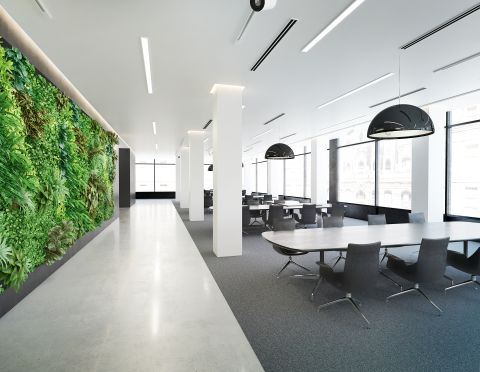Buying guide
Cooling Fans
Things to consider
When it comes to hot days and humid nights, a cooling fan can provide instant comfort for the whole family. But with such a wide range to choose from, how do you know which fan is right for you? Don’t sweat it - this handy guide will help to ensure you pick the right fan for you, your home and your budget.
Where are you going to use it?
Deciding where you are going to be using your fan will help you figure out what style and features you will need. If you require a fan to help you cool a larger room, then floor or tower fans are ideal due to their larger size and reach, whereas if you require a fan to simply cool yourself, then a desktop fan may be best. It is also worth considering the portability of the fans, if you plan on moving it from room to room then make sure you pick one that has an integrated carry handle and differing fan speeds that will suit multiple room sizes
What style do you need?
Cooling fans have come a long way from the basic three blade ones we’re used to. Now with styles to perfectly suit your application, you can choose between wide reaching floor fans, small desktop fans for personal cooling or tower fans which are great for all round use.
Floor Fans
Floor fans, in particular the Dimplex 360 fan, have a wide fan reach making them ideal for larger rooms. They are also lighter in weight, making them easily portable around the home.
Desktop Fans
With a small, compact footprint, desktop fans are ideal for use on desks or bedside tables, providing personal cooling.
Tower Fans
Tower fans are a style of floor fan. Usually slim line and sleek in design, these fans will fit seamlessly into their surroundings. They are particularly useful for bedrooms, being the appropriate height for fanning you whilst in bed.
What additional features would you like?
Once you’ve decided where you are going to be using your cooling fan, it’s important to consider any additional features you’d like it to offer, such as oscillation (rotation) functions and differing wind modes and speeds. Most Dimplex fans come with three fan speeds, low, medium and high, and some come with eco, sleep and natural wind modes, ensuring maximum comfort for each application. Our premium tower fan, Ion Fresh even features a built in ioniser that discharges negative ions, these attach to positive ions and drop them out of the air to create a fresher environment. It also features three speed settings and three breeze modes, so you can find the perfect balance for your comfort.
What controls would you like?
All Dimplex fans have been designed with ease of use in mind so have clear LCD and LED displays. Most of our fans also come with a remote control allowing you to use your fan from the comfort of your seat. As an added feature, some cooling fans incorporate a runback timer, meaning you can set your fan to run for a certain period of time before turning itself off.
What about safety?
If you have children or pets in the home, then it is worth choosing a fan that has good stability with a wide base and enclosed fan blades. This will ensure the fan won’t be easily knocked over, fur can’t get caught, and saves little fingers from harm. Cooling fans from Dimplex also come with a one year warranty as a minimum, offering added peace of mind.

What is EN 14825?
EN 14825 sets out the temperatures, part-load conditions, and calculation methods for determining the Seasonal Coefficient of Performance (SCOP) and Seasonal Energy Efficiency Ratio (SEER). It applies to the operation of air-conditioning units, process chillers, and particular types of hybrid heat pumps. The values used to define the SCOP can be calculated or measured. If measured values are applied, the standard covers the applicable test methods.

What is EN 14511?
EN 14511 sets out standardised performance and rating terms for air-conditioning units, heat pumps and liquid chilling packages that supply space heating or cooling. EN 14511 is used for a determination of the Coefficient of Performance (COP) that gauges the performance of a heat pump.

What is diversity in HVAC systems?
What is diversity in HVAC systems, and how does it affect HVAC system design and specification for residential developments?
Diversity in HVAC systems within medium to large scale developments acknowledges that it is unlikely the maximum demand of all individual users of the system will arise concurrently. The total heat demand in a building is likely to be lower than the maximum or peak demand at various points in the heat network.











